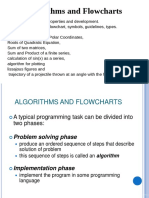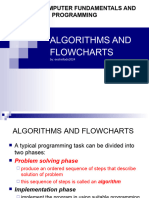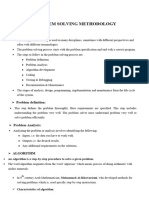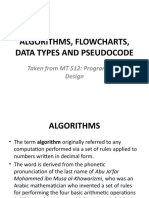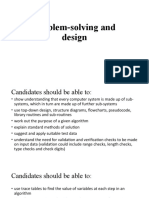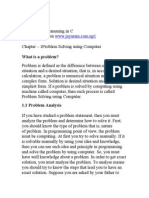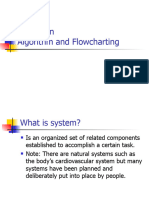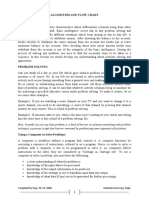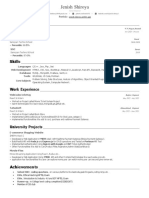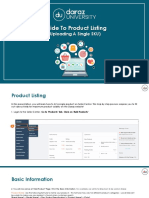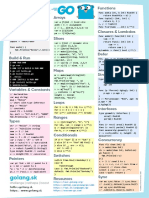0% found this document useful (0 votes)
20 views35 pages9th Algorithm FlowChart
The document outlines the concepts of algorithms and flowcharts, detailing the phases of problem-solving and implementation in programming. It explains the use of pseudocode for developing algorithms and provides examples of algorithms and flowcharts for calculating grades, converting lengths, and calculating areas. Additionally, it introduces decision tables as a method for modeling complex logic in decision-making scenarios.
Uploaded by
alsoufiabdullah365Copyright
© © All Rights Reserved
We take content rights seriously. If you suspect this is your content, claim it here.
Available Formats
Download as PDF, TXT or read online on Scribd
0% found this document useful (0 votes)
20 views35 pages9th Algorithm FlowChart
The document outlines the concepts of algorithms and flowcharts, detailing the phases of problem-solving and implementation in programming. It explains the use of pseudocode for developing algorithms and provides examples of algorithms and flowcharts for calculating grades, converting lengths, and calculating areas. Additionally, it introduces decision tables as a method for modeling complex logic in decision-making scenarios.
Uploaded by
alsoufiabdullah365Copyright
© © All Rights Reserved
We take content rights seriously. If you suspect this is your content, claim it here.
Available Formats
Download as PDF, TXT or read online on Scribd
/ 35






